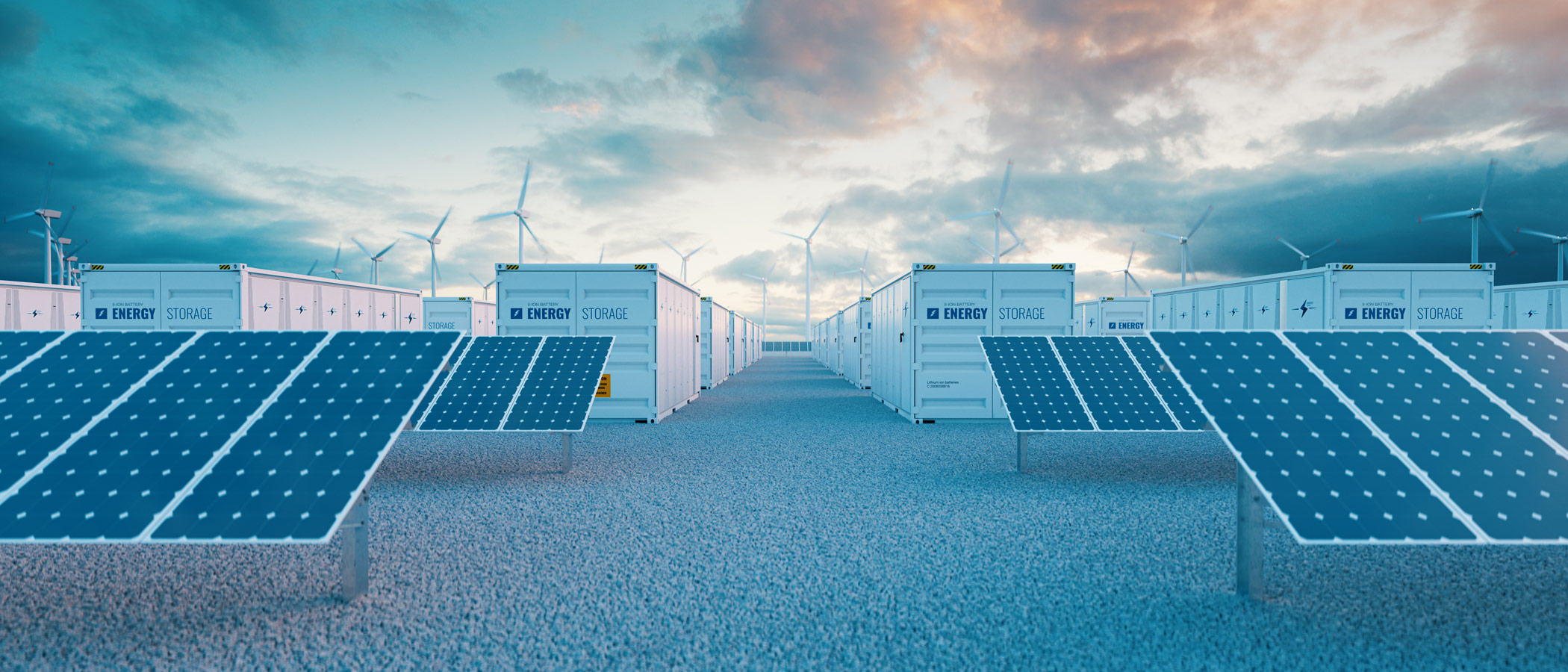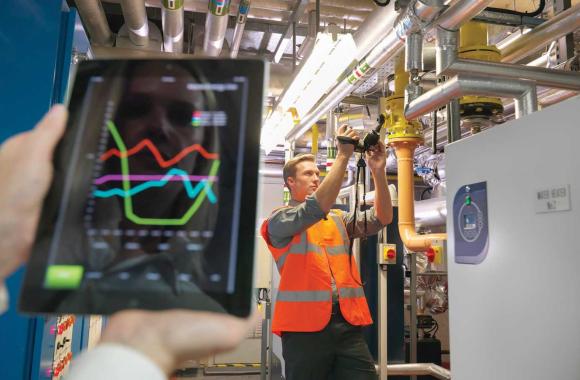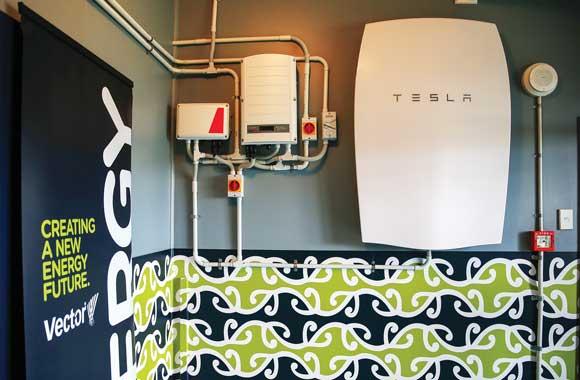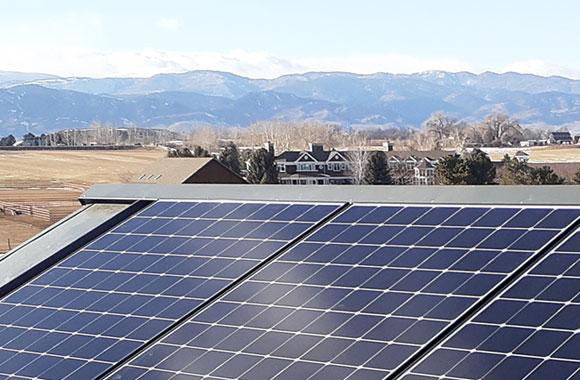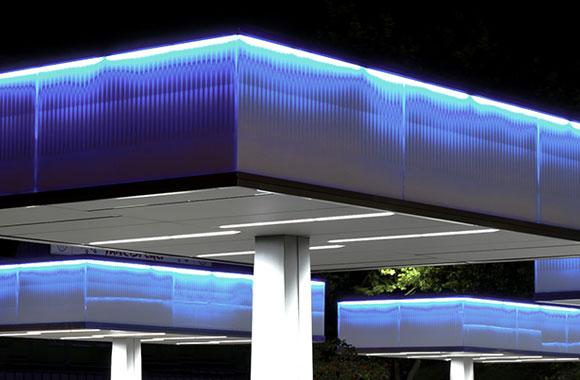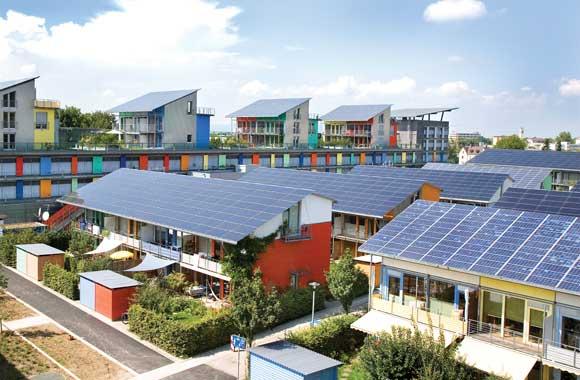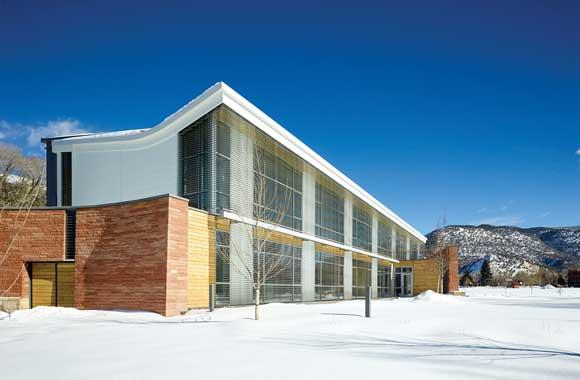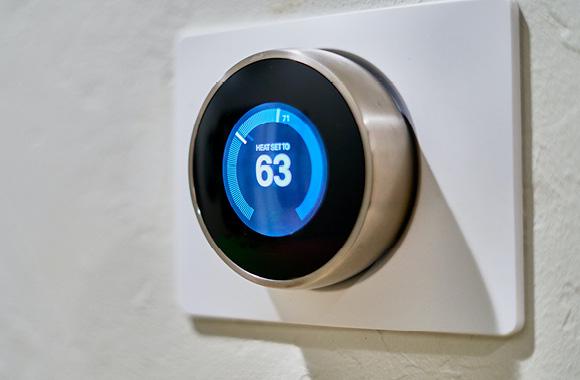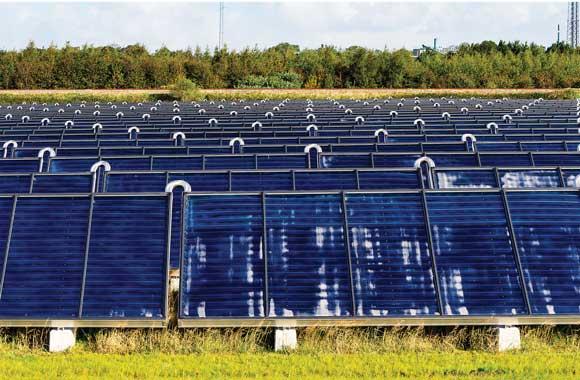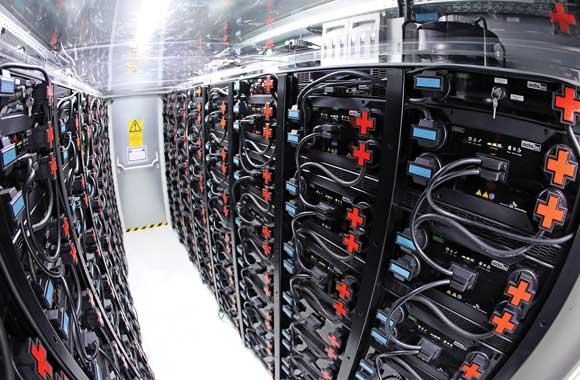Grid Flexibility
Smarter, more flexible electric grids can cut energy losses. They also are critical to mainstreaming renewables, which are more variable than conventional energy sources.
Impact
Grid flexibility is a complicated, dynamic system, and it is nearly impossible to account for all local factors at a global scale. However, increased grid flexibility is critical if we are to derive more than 25 percent of electricity from variable renewable energy sources. The emissions reductions and financial impacts from this solution are counted in the variable renewable solutions that could not reach their full potential without it and so are not represented here.
Introduction
The grid is the dynamic web of electricity production, transmission, storage, and consumption that 85 percent of the world relies on. It was designed for constant, centralized power production, not for the variability of solar and wind power. For electricity supply to become predominantly or entirely renewable, the grid needs to become more flexible and adaptable than it is today.
Many technologies contribute to grid flexibility:
- constant renewables, such as geothermal
- utility-scale storage, such as pumped hydro and molten salt
- small-scale storage, such as batteries
- demand-response tools, such as smart thermostats and smart appliances, to mediate peaks in demand.
Flexibility also depends on strong transmission and distribution networks—the connective tissue between generation and consumption. Where the grid spans larger geographies and more electricity sources, it can essentially even out the total output of renewables, reducing extremes in variability.
Project Drawdown’s Grid Flexibility solution involves a portfolio of practices and technologies (system operation, markets, load, flexible generation, networks, and storage) that increase grid efficiency, resilience, and ability to integrate variable renewable energy sources. The practices and technologies that constitute grid flexibility are in varying states of maturity: each contains both elements that have existed since the beginning of electrification and innovation just commercialized or on the horizon (e.g., advanced batteries, software to enable energy services trading).
Every electric power system has some degree of flexibility to provide a buffer between supply and demand. Adding variable renewable energy to a system increases the need for flexibility. Fortunately, many means of providing it are inexpensive or have collateral benefits that offset their cost.
Methodology
Adoption of the Grid Flexibility solution is driven by incorporation of variable renewable energy into the electric grid, the age of existing infrastructure and its ability to manage two-way power flows, and the need to make the grid more resilient in the face of increasing natural disasters. The practices and technologies that make the grid more flexible are challenging to quantify in a meaningful way, since many intertwined factors contribute to a more flexible grid. Metrics for this quantification are being developed (e.g., Cochran et al., 2014), though this solution has not been modeled.
Discussion
Grid flexibility tools that rely on changes in law, behavior, and standards only reduce carbon dioxide emissions insofar as they increase the penetration of variable renewable sources of electricity generation.
Barriers to adoption of grid flexibility include public objection to new infrastructure such as transmission lines; reluctance on the part of regulated utilities to share data about system needs with unregulated competitors; privacy issues with regard to two-way communications between households and utilities; and the slow pace of changing regulations, as regulators face the challenge of encouraging innovation that benefits the system while protecting the interests of all ratepayers.
Three trends stand out that will accelerate adoption of grid flexibility. The first relates to data availability, communication, and processing. As information technology has become more and more accessible, available, and cost effective, it has begun to transform the way electricity is metered, billed, and valued, and made way for a host of new services. Information and communication technologies give utilities and energy providers new opportunities to optimize energy systems management, which in turn enables new business models that promote investment in variable renewable energy sources and the infrastructure to integrate them. What began as an investment in automated meter reading in the 1990s has evolved into advanced metering infrastructure, which is expanding to include the exchange of many kinds of grid data over multiple communication networks).
The second trend relates to energy storage and is discussed in detail in the Utility Scale Energy Storage and Distributed Energy Storage solutions. Accelerated advancement beginning around 2010 and recent rapid declines in costs have made lithium ion batteries increasingly useful and cost-effective.
The third trend is the uptake in adoption of electric cars. Wherever infrastructure allows electric vehicles to support the grid (e.g., through smart charging and vehicle-to-grid systems), the grid will become more flexible. If battery costs remain high, then once past their useful life in cars they will be available for a second life in buildings. If battery costs fall enough to make battery second-life use impractical, energy storage will have become cheap enough to be widely deployed and support a high penetration of variable renewable energy sources.
Better methods of quantifying costs and benefits of grid flexibility would enable policymakers, regulators, and market operators to optimize solutions for integrating variable renewable energy sources into the grid.
References
Cochran, J., Miller, M., Zinaman, O., Milligan, M., Arent, D., Palmintier, B., O’Malley, M., Mueller, S., Lannoye, E., Tuohy, A., Kujala, B., Sommer, M., Holttinen, H., Kiviluoma, J., and Soonee, S. K.. (2014). Flexibility in 21st Century Power Systems. 21st Century Power Partnership. URL: https://www.nrel.gov/docs/fy14osti/61721.pdf
What You Can Do
Find out what your utility is doing to enhance its ability to accommodate renewables. If the answer is "not much," encourage it to up its game.
Explore the role electric vehicles can play in boosting grid flexibility.
- Expand your knowledge by exploring another Drawdown solution.
Co-benefits
Grid flexibility reduces the chance of blackouts when demand for electricity is high.

